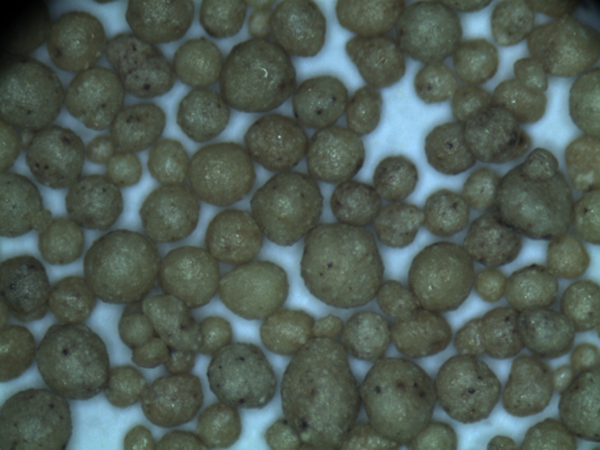

After pouring, the metal is allowed to cool and solidify. The cooling process must be controlled to minimize defects such as shrinkage or cracking, which can compromise the component’s structural integrity. Observations and adjustments made during this phase are often guided by both empirical evidence and sophisticated simulations, highlighting the blend of expertise and experience essential in successful sand casting operations. Once cooled, the casting is extracted from the sand mold. The sand typically breaks away easily, revealing the rough casting, which often requires cleaning and finishing operations. These operations may include the removal of excess metal (known as flash), grinding, shot blasting, or machining to achieve the desired surface finish and precise dimensions. The meticulousness of these finishing processes plays a significant role in ensuring the high quality and reliability of the final component. Sand casting continues to evolve, driven by advancements in technology and materials science. Innovations in pattern design courtesy of modern computer-aided design (CAD) tools, improvements in binder technologies, and the integration of 3D printing for mold and core creation are pushing the boundaries of what can be achieved with sand casting. These developments are significantly enhancing the process’s efficiency, precision, and even its environmental footprint, securing its status as a cornerstone in the manufacturing industry for years to come. In conclusion, the sand casting process is a testament to human ingenuity and adaptability. Its ability to produce complex, large-scale metal components at a reasonable cost, coupled with its adaptability to new technologies, ensures its continued relevance in modern manufacturing. For industries seeking robust and economically feasible solutions for metal part production, sand casting offers an unparalleled blend of tradition and innovation. Post time:veebr. . 04, 2025 04:35
Next:sand casting sand types
